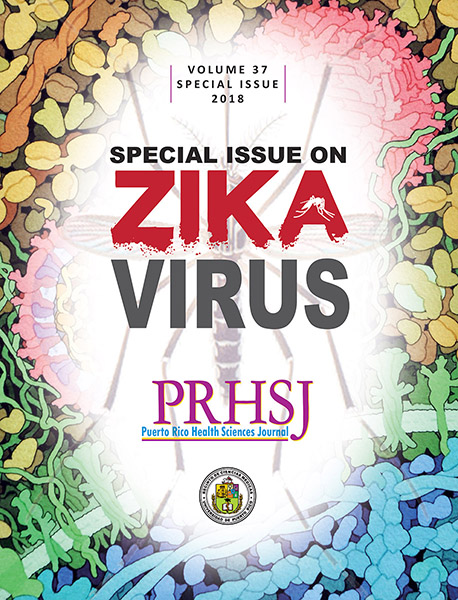Resumen
Objective: Guillain-Barré syndrome (GBS) is an uncommon autoimmune disorder that follows infection or vaccination, and increased incidence has been reported during Zika virus (ZIKV) transmission. During the 2016 ZIKV epidemic, the Puerto Rico Department of Health (PRDH) implemented the Enhanced GBS Surveillance System (EGBSSS). Here, we describe EGBSSS implementation and evaluate completeness, validity, and timeliness. Methods: GBS cases were identified using passive surveillance and discharge diagnostic code for GBS. Completeness was evaluated by capture-recapture methods. Sensitivity and positive predictive value (PPV) for confirmed GBS cases were calculated for both case identification methods. Median time to completion of key time steps were compared by quarter (Q1–4) and hospital size. Results: A total of 122 confirmed GBS cases with onset of neurologic illness in 2016 were identified. Capture-recapture methodology estimated that four confirmed GBS cases were missed by both identification methods. Identification of cases by diagnostic code had a higher sensitivity than passive surveillance (89% vs. 80%), but a lower PPV (60% vs. 72%). There was a significant decrease from Q1 to Q3 in median time from hospital admission to case reporting (11 days vs. 2 days, p = 0.032) and from Q2 to Q3 in median time from specimen receipt to arbovirus laboratory test reporting (35 days vs. 26 days, p = 0.004). Conclusion: EGBSSS provided complete, valid, and increasingly timely surveillance data, which guided public health action and supported healthcare providers during the ZIKV epidemic. This evaluation provides programmatic lessons for GBS surveillance and emergency response surveillance.
Authors who publish with this journal agree to the following terms:
a. Authors retain copyright and grant the journal right of first publication with the work simultaneously licensed under a Creative Commons Attribution License that allows others to share the work with an acknowledgement of the work's authorship and initial publication in this journal.
b. Authors are able to enter into separate, additional contractual arrangements for the non-exclusive distribution of the journal's published version of the work (e.g., post it to an institutional repository or publish it in a book), with an acknowledgement of its initial publication in this journal.
c. Authors are permitted and encouraged to post their work online (e.g., in institutional repositories or on their website) prior to and during the submission process, as it can lead to productive exchanges, as well as earlier and greater citation of published work (See The Effect of Open Access).
